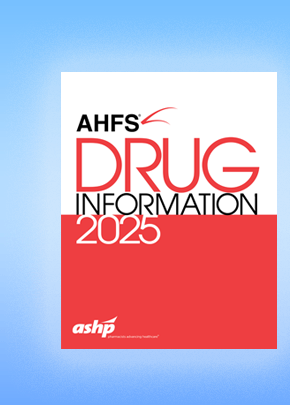
Case studies reveal how changing Medicaid trends are affecting health systems in two states.
Like it or not, updates continue to be made to the 340B Drug Pricing Program, and those updates could affect how your health system handles Medicare and Medicaid payments.
Speaking at Tuesday’s session 340B Update: Breaking Down Emerging Medicaid Trends, Shelly Wiest, senior vice president of policy and compliance at Apexus, said that in March of this year, the Consolidated Appropriations Act became law. Section 121 of that act creates an eligibility exception that would allow certain hospitals to be reinstated into the 340B program. These include disproportionate share hospitals, sole community hospitals, rural referral centers, children’s hospitals, and free-standing cancer hospitals that were previously removed from the program due to an inability to meet certain statutory requirements.
Another upcoming change is proposed language from the Health Resources and Services Administration that would overhaul the 340B program’s administrative dispute resolution (ADR) process. The proposed changes would clarify qualifying criteria for disputing parties and claims, establish a more accessible ADR process and reconsideration process, and establish requirements for ADR panel members. The proposed rulemaking was published in the Federal Register and is open for comments through January 30, 2023.
Weist said more states are moving away from managed care models and toward all fee-for-service (FFS) models. And at least 15 states are considering joining the 21 that already have some form of 340B anti-discriminatory reimbursement policies on the books.
Katie Clark McKinney, director of pharmacy services at the University of Cincinnati Medical Center, presented a case study of how some of the regulatory changes in Ohio affected her healthcare system.
The case involved a rule that went into effect in Ohio in April, 2021. The rule prohibited health plans and third-party administrators — including pharmacy benefit managers — from taking certain actions with respect to reimbursements made to health providers participating in the federal 340B program.
McKinney said her health system began assessing the contracts they were receiving related to the revised code and found one that was in violation of the new rule. The reimbursement rates in the contract were less than the minimums required by the rule and placed excessive costs on the covered entity — in this case the medical center. The medical center proposed revisions to the contract which were then rejected by the payer. The next step was to reach out to the Ohio Division of Insurance, which denied jurisdiction but informed the payer that the medical center had reached out to the division looking for an intermediary.
“The payer responded to the Ohio Division of Insurance,” McKinney said. “And they did confirm that the reimbursement rate that was offered to the pharmacy was less than the rate specified in the authorized code, and they were in agreement with the remedy contained in that code.”
McKinney said the payer conceded that the contract contained other violations but disagreed that those violations were discriminatory toward a 340B covered entity in a way that would prevent or interfere with an enrollee’s choice to receive a drug from that 340B covered entity. Nevertheless, the payer agreed to update the contract as requested by the medical center. McKinney called the updated contract a win for her pharmacy and other pharmacies in the state.
“The payer sent an updated contract to our covered entity as well as to all Ohio pharmacies that request a contract going forward and those that are currently contracted,” she said. “I think this is a very proud moment within our organization, that our team was able to benefit all of the covered entities within the state of Ohio that have a relationship with this payer.”
Meanwhile, California recently began transitioning all of its pharmacy benefits covered under Medicaid managed care organizations to FFS and required that covered entities must use 340B for eligible FFS patients.
Jahred Washington, pharmacy finance director for University of California San Francisco Medical Center, said that, while the transition did have some benefits, such as strengthening the ability to negotiate supplemental drug rebates and improved access to pharmacy services, it did not come without its share of headaches.
One of the biggest ones, Washington said, was the requirement for prior authorization, which saw prescription fill times at the medical center rise from 30 to 50 minutes and created a bottleneck at the preauthorization call centers.
“We went through the transition on January 31st, 2022,” he said. “The prior authorization changes were kind of a mess. The state had to open up a supplementary call center for the first couple of weeks because the call volume was so high.”
Not only that, but Washington said the transitional margin cost UCSF Medical Center $7.64 million dollars per year in unrealized revenue.
“That was the cost of the transition for this covered entity,” he said.







